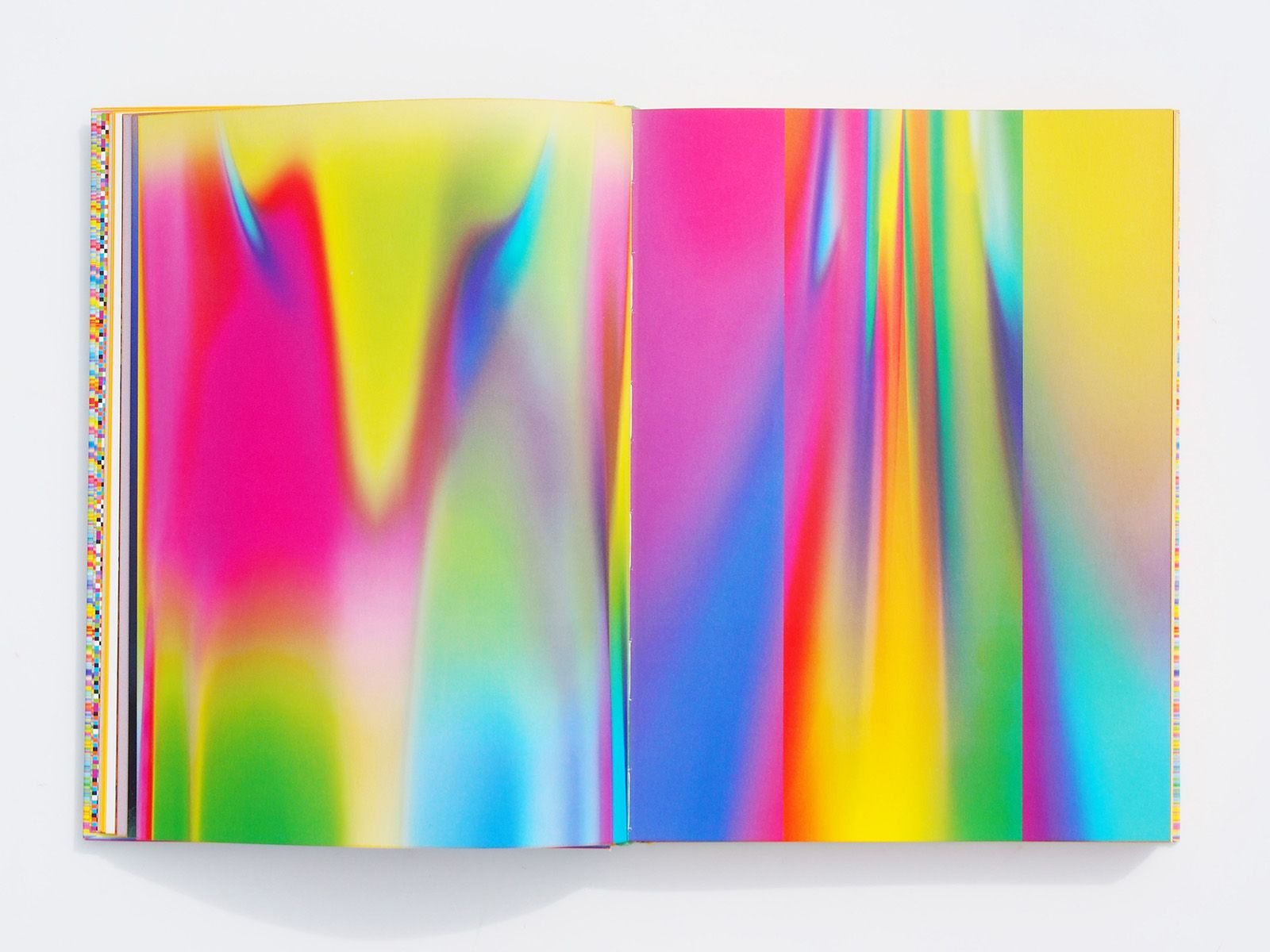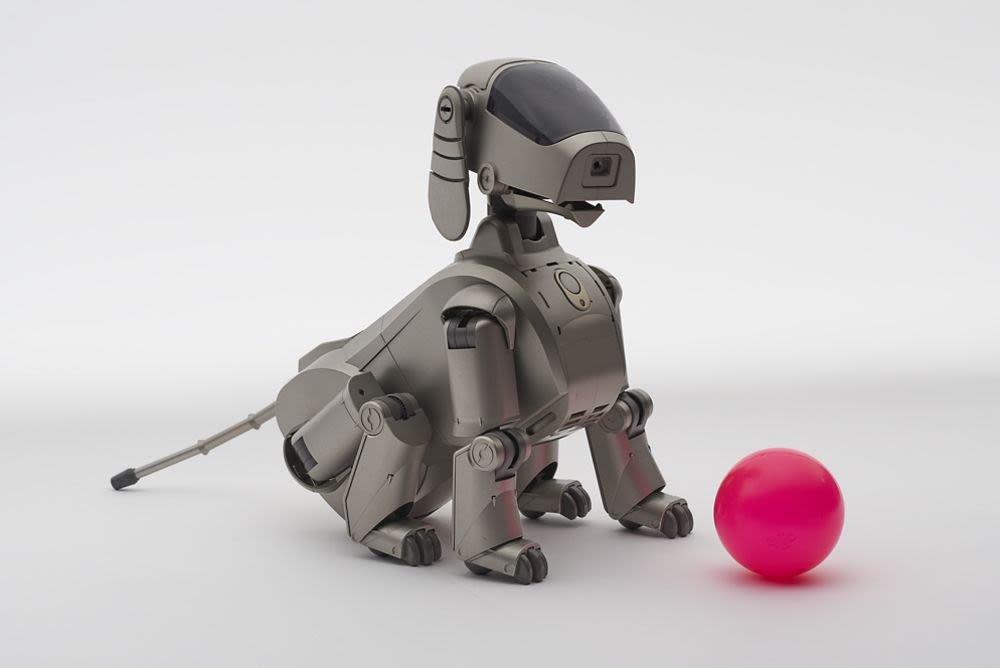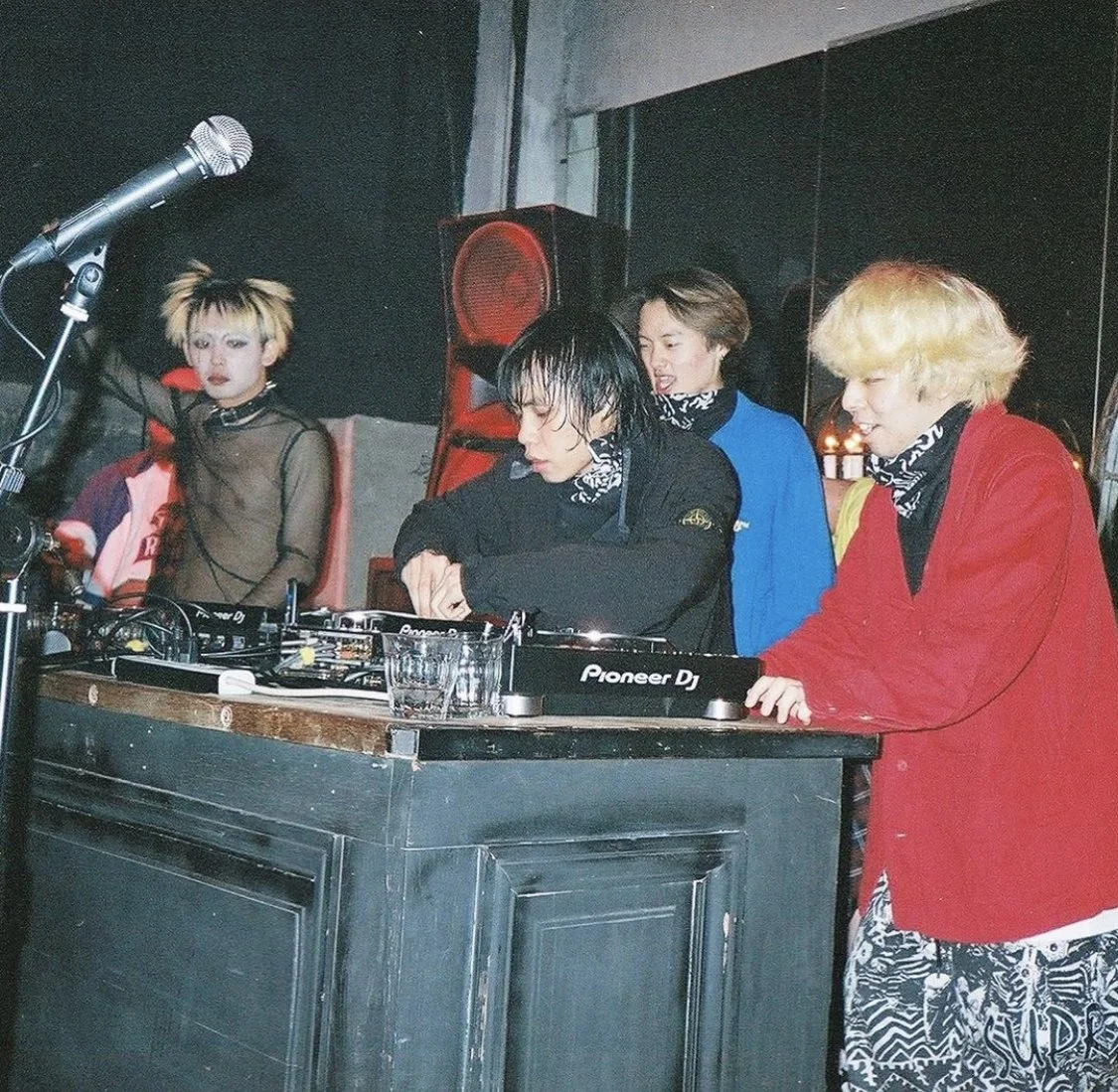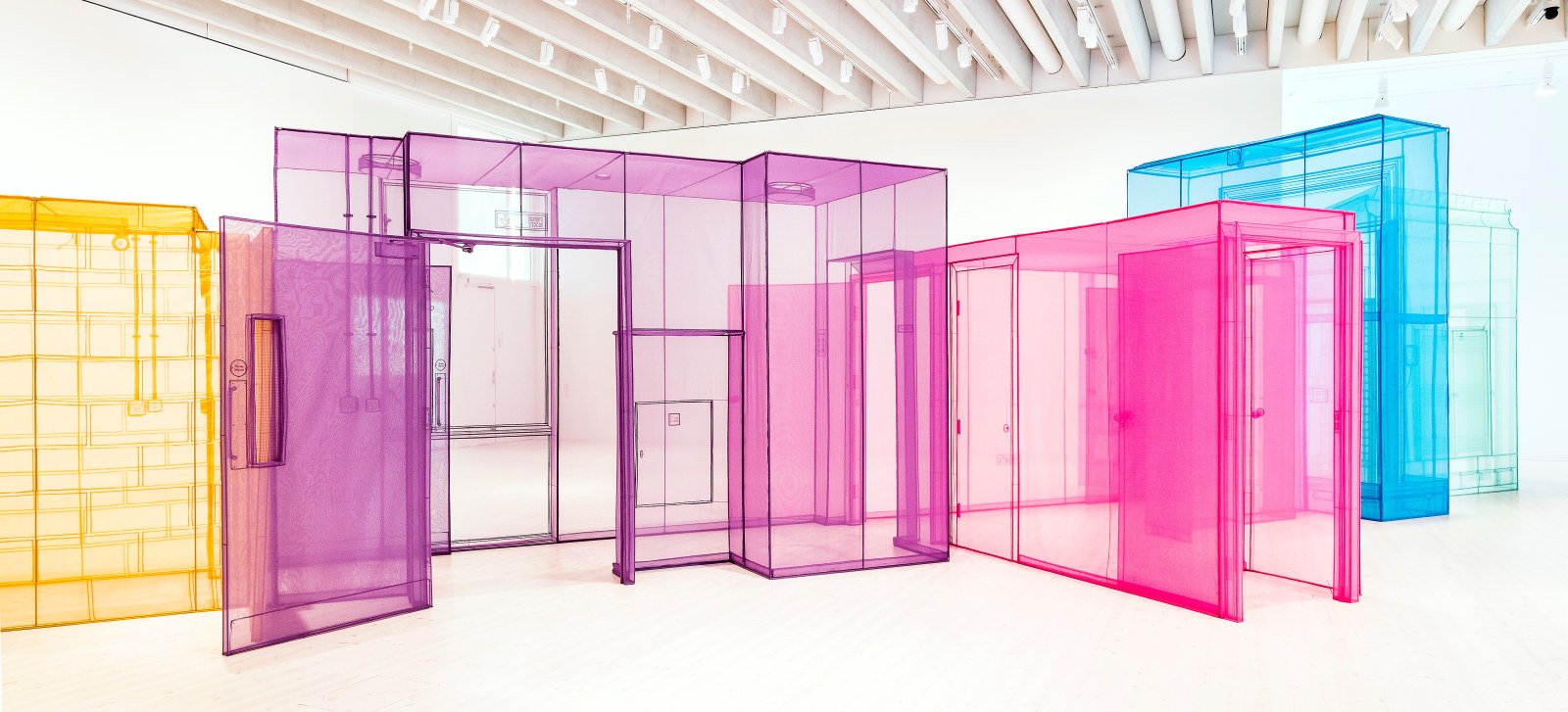“Please Do It Elsewhere” – Irreverent PSA Posters by Bunpei Yorifuji

It's no secret that Tokyo's train and metro system is one of the most efficient in the world.
Besides its speed and punctuality, an often overlooked element that makes it so reputable is the good manners that passengers practice every day.
In order to inform about these social rules, since 1974, the Tokyo Metro Cultural Foundation, has been conducting the “Good Manners” poster campaign, in which a selected artist presents these unspoken rules in trains and on platforms with a different poster each month, over a year-long period.
In 2008, on the 35th anniversary of the campaign, the illustrator, art director and major figure in Japanese advertising and publishing, Bunpei Yorifuji, was the selected artist.
However, Yorifuji did not go through with a traditional public service announcement poster, instead, he challenged the way they were made with his unique concept, "○○でやろう" ["Please do it at ___"].
At first, the idea was to use the phrase “Please do it at home” to encourage people to not use the Tokyo metro system as their personal space, but the campaign became increasingly comical and ironic, replacing “home” with every imaginable location.
Unlike the usual Tokyo Metro campaigns, Yorifuji did not show characters practicing good manners, but them openly violating rules in the strangest possible way, using graphic humor that bordered on the ridiculous, but was nonetheless successful in its goal of communicating good manners among the passengers.
The campaign was a hit. It was renewed for a second year and became a public phenomenon, inspiring parodies from users and praise from the international design community.
Thanks to that, Yorifuji earned the chance to direct two more campaigns for Tokyo Metro: "Please do it again" in 2010, which showed good manners this time and "!?" in 2012, which judged passengers for their bad actions.
"Please do it at ___", is still one of Tokyo Metro’s most remembered campaigns and a prime example of Japanese objective yet humorous wit.

![Tokyo 2014 by Sohei Nishino [2013-2014]: Fragments of a Whole](https://images.squarespace-cdn.com/content/v1/57825361440243db4a4b7830/1644039547216-KKBFU86I4U677YQENC7M/Diorama-Map-Tokyo-2014-c-Sohei-Nishino-Courtesy-Michael-Hoppen-Gallery.jpeg)



